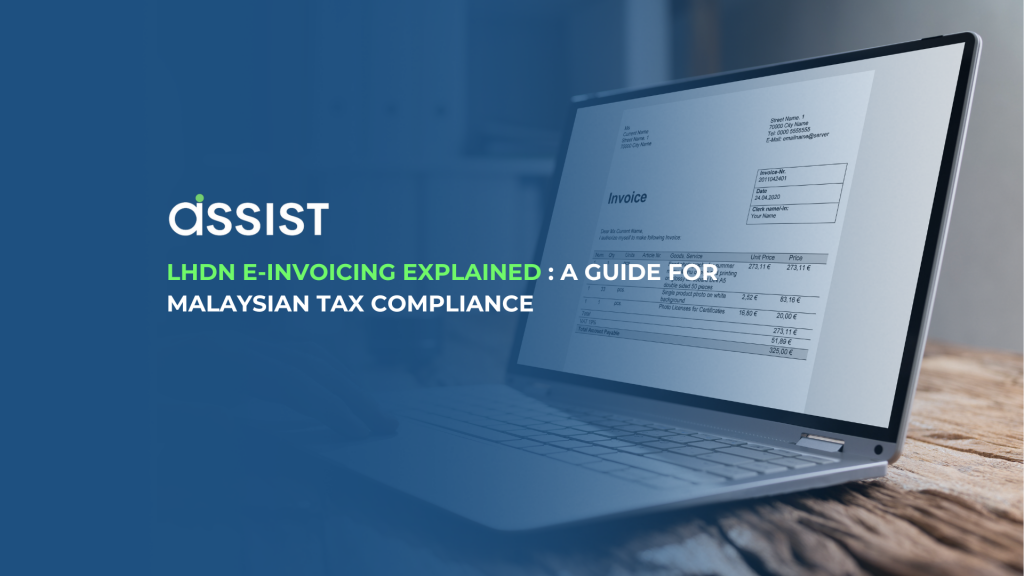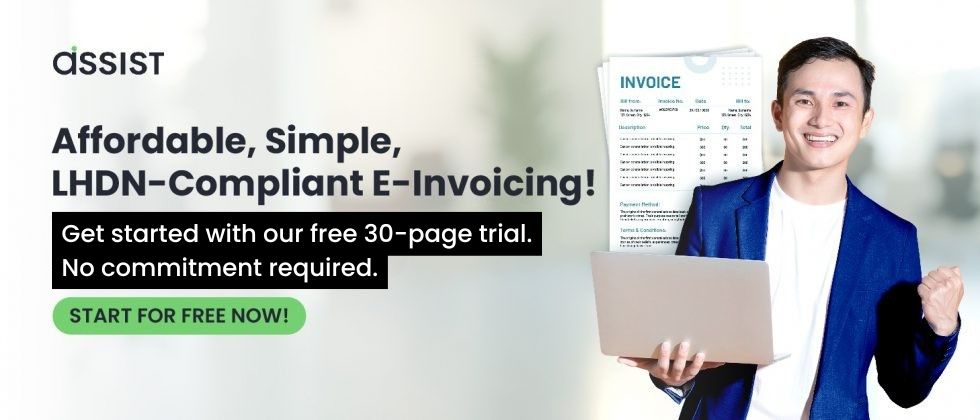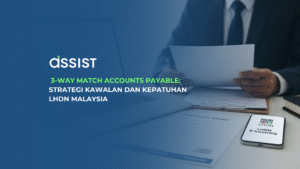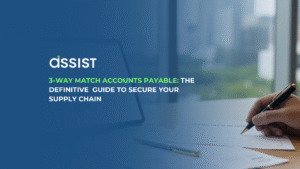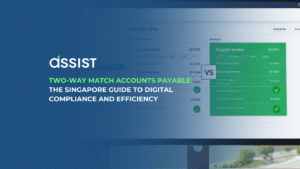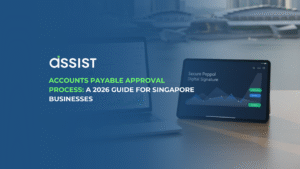As part of Malaysia’s push toward digitalisation and tax transparency, the Inland Revenue Board of Malaysia (LHDN Inland Revenue Board of Malaysia (LHDN) has introduced a mandatory e-Invoicing system.
In simple terms, e-Invoicing is the electronic validation of invoices through LHDN’s system before being issued to customers. Every transaction will be recorded in real time with LHDN, ensuring transparency, reducing fraud, and streamlining tax reporting for businesses.
Whether you run a large enterprise or a freelance operation, understanding how e-Invoicing works — and when you must comply — is essential.
Why Is Malaysia Implementing e-Invoicing?
The goal behind Malaysia’s e-Invoicing initiative is to modernize tax administration and increase efficiency. Here’s why it matters:
- Reduces manual tax reporting errors
- Closes tax gaps and improves national revenue
- Aligns with global standards from countries like Brazil, Chile, and Italy
- Minimizes fraud and fake invoicing practices
- Enables real-time monitoring of business transactions
By digitizing invoice processing, businesses will also benefit from reduced paperwork and faster reconciliation processes.
Who Needs to Comply and When?
LHDN has rolled out a phased approach based on annual turnover or revenue. Here’s the official compliance schedule:
Annual Turnover/Revenue | Implementation Date |
Over RM 100 million | 1 August 2024 |
Over RM 25 million up to RM 100 million | 1 January 2025 |
Over RM 500,000 up to RM 25 million | 1 July 2025 |
RM 500,000 and below | 1 January 2026 |
📌 If your revenue exceeds RM 100 million, your compliance date is just around the corner.
Even if you’re in a later group, early adoption gives you time to test, troubleshoot, and avoid non-compliance risks.
How Does the LHDN e-Invoice Process Work?
Here’s a simplified step-by-step explanation of how Malaysia’s e-Invoice system functions:
1. Create Your Invoice
You issue an invoice using your existing system or via platforms like Assist.biz.
2. Submit to LHDN for Validation
The invoice is submitted to the MyInvois Portal, where LHDN validates its accuracy.
3. Receive Unique Identifier & QR Code
If everything checks out, LHDN returns a Unique Identifier Number (UIN) and a QR code.
4. Deliver the Invoice to Your Customer
You send the validated invoice to your customer with the embedded QR code.
5. Store for Records
Both you and LHDN retain copies for audit and compliance purposes.
Automated platforms like Assist.biz can handle this entire workflow seamlessly.
Which Transactions Are Covered?
LHDN’s e-Invoicing system applies to most business models, including:
- B2B: Transactions between two companies (e.g., supplier to retailer)
- B2C: Sales to individual consumers
- B2G: Business transactions with government agencies
While details vary by type, all must go through the LHDN validation system, ensuring accurate reporting across the board.
Mandatory Fields in an e-Invoice
Here’s what you’ll need to include in each e-Invoice submission:
- Seller & buyer name, address, and tax ID
- Invoice date and invoice number
- Product/service description
- Quantity and price per unit
- Total invoice amount
- Tax amount (if applicable)
- Payment terms
- LHDN-assigned QR code and validation timestamp
🔎 Missing any of these can lead to rejection or penalties.
Top 5 Common Mistakes (And How to Avoid Them)
- Leaving Out Required Fields
→ Always use a validated template or software like Assist.biz. - Sending Invoices Without Validation
→ Only issue invoices after they’ve been approved by LHDN. - Entering Wrong Buyer Details
→ Especially risky for B2B transactions — double-check before submission. - Connectivity Issues During Submission
→ Use a cloud-based platform with offline backup capability. - Manual Data Entry Errors
→ Switch to automated invoice systems to minimize human mistakes.
Conclusion: Don’t Wait — Prepare Today
LHDN’s e-Invoicing isn’t just another policy — it’s a fundamental shift in how business is done in Malaysia.
Getting ahead now gives you time to understand, adapt, and stay compliant — without panic. Whether you’re a solo entrepreneur or a large enterprise, the best time to act is now.
👉 Register with Assist.biz and automate your compliance with confidence.
Frequently Asked Questions
Do I need to register with LHDN separately?
No. Assist.biz handles the connection and validation for you.
Can I still issue paper invoices?
Only after validation and with the LHDN QR code printed or embedded.
What if I miss my deadline?
You may be subject to penalties, audits, or temporary suspension of invoicing capabilities.
Can freelancers or small businesses use this system?
Yes — e-Invoicing is mandatory even for smaller businesses starting in 2026.
